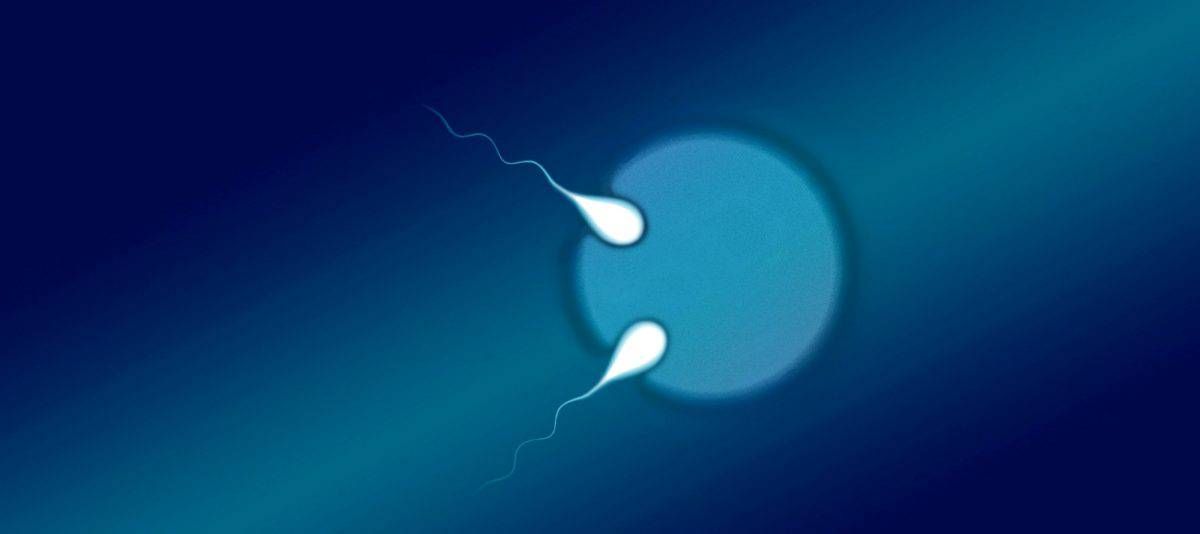
Sperm enters egg
Semi-identical twins have been identified in pregnancy for the first time.
The boy and girl, born in Brisbane, Australia, are only the second known set of semi-identical, or sesquizygotic, twins in the world – and the first to be identified by doctors during pregnancy.
The now four-year-old twins are identical on their mother’s side, sharing 100 per cent of their mother’s DNA, but are like siblings on their father’s side, sharing only a proportion of their father’s DNA.
The case, the first worldwide to identify semi-identical twins on genetic testing while in the womb, was reported in The New England Journal of Medicine.
Scientists say sesquizygotic represents a third type of ‘twinning’ between identical and fraternal (dizygotic).
Professor Nicholas Fisk, of the University of New South Wales in Australia, said: “It is likely the mother’s egg was fertilised simultaneously by two of the father’s sperm before dividing.”
Prof Fisk, who led the foetal medicine team that cared for the mother and twins while based at Royal Brisbane and Women’s Hospital in 2014, added: “The mother’s ultrasound at six weeks showed a single placenta and positioning of amniotic sacs that indicated she was expecting identical twins.
“However, an ultrasound at 14 weeks showed the twins were male and female, which is not possible for identical twins.”
Identical twins result when cells from a single egg fertilised by a single sperm divide into two, so identical twins are the same gender and share identical DNA.
Fraternal twins occur when each twin develops from a separate egg and the egg is fertilised by its own sperm.
Dr Michael Gabbett, of Queensland University of Technology who worked alongside Prof Fisk, explained that if one egg is fertilised by two sperm it results in three sets of chromosomes, one from the mother and two from the father.
He said: “Three sets of chromosomes are typically incompatible with life and embryos do not usually survive.
“In the case of the Brisbane sesquizygotic twins, the fertilised egg appears to have equally divided up the three sets of chromosomes into groups of cells which then split into two, creating the twins.
“Some of the cells contain the chromosomes from the first sperm while the remaining cells contain chromosomes from the second sperm, resulting in the twins sharing only a proportion rather 100 per cent of the same paternal DNA.”
Sesquizygotic twins were first reported in the United States in 2007. Those twins came to doctors’ attention in infancy after one was identified with ambiguous genitalia.
On investigation of mixed chromosomes, doctors found the boy and girl were identical on their mother’s side, but shared around half of their paternal DNA.
Prof Fisk said an analysis of worldwide twin databases pointed to just how rare sesquizygotic twins are.
He said: “We at first questioned whether there were perhaps other cases which had been wrongly classified or not reported, so examined genetic data from 968 fraternal twins and their parents.
“However we found no other sesquizygotic twins in these data, nor any case of semi-identical twins in large global twin studies.”
Prof Fosk added: “We know this is an exceptional case of semi-identical twins.
“While doctors may keep this in mind in apparently identical twins, its rarity means there is no case for routine genetic testing.”
ENDS